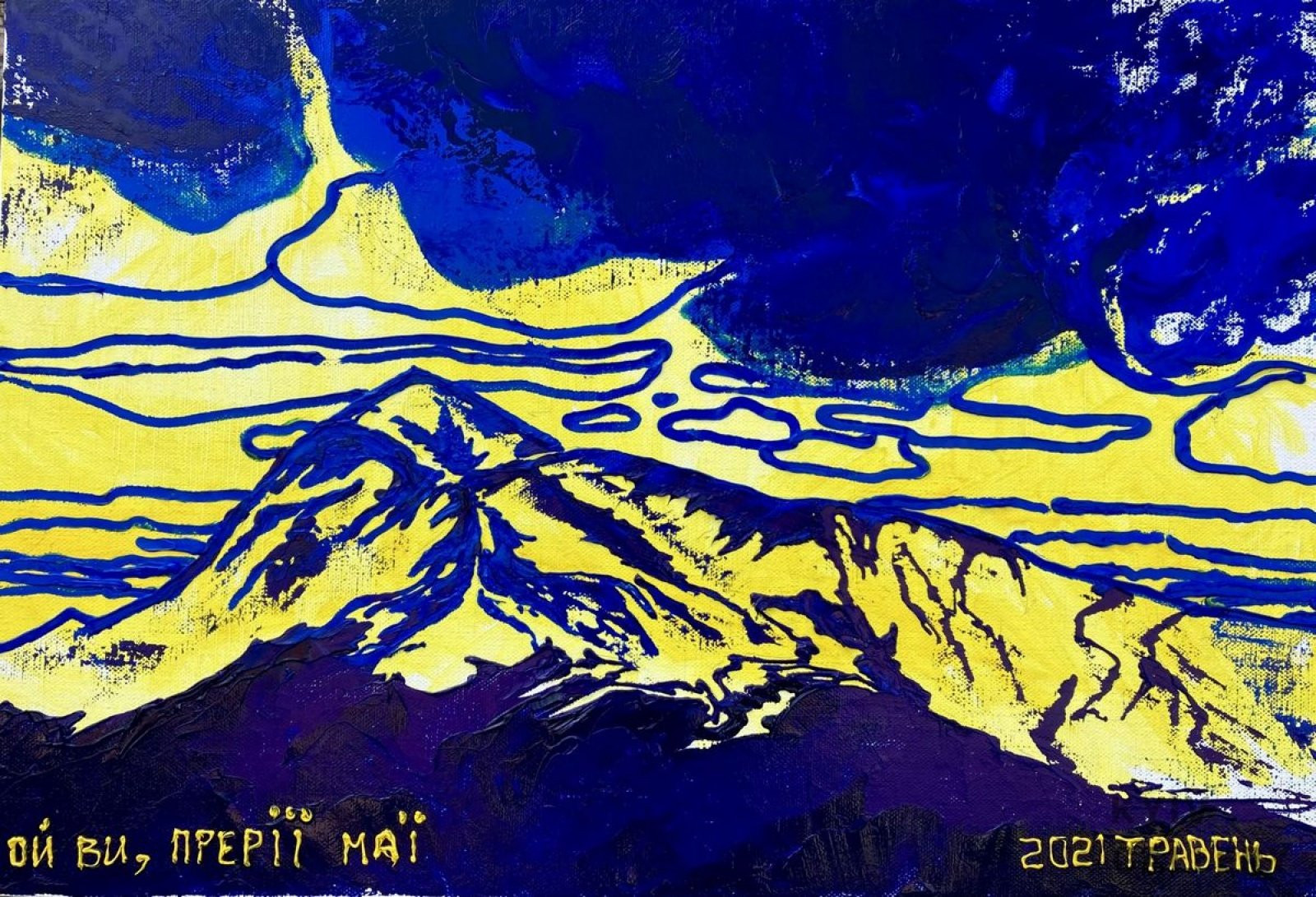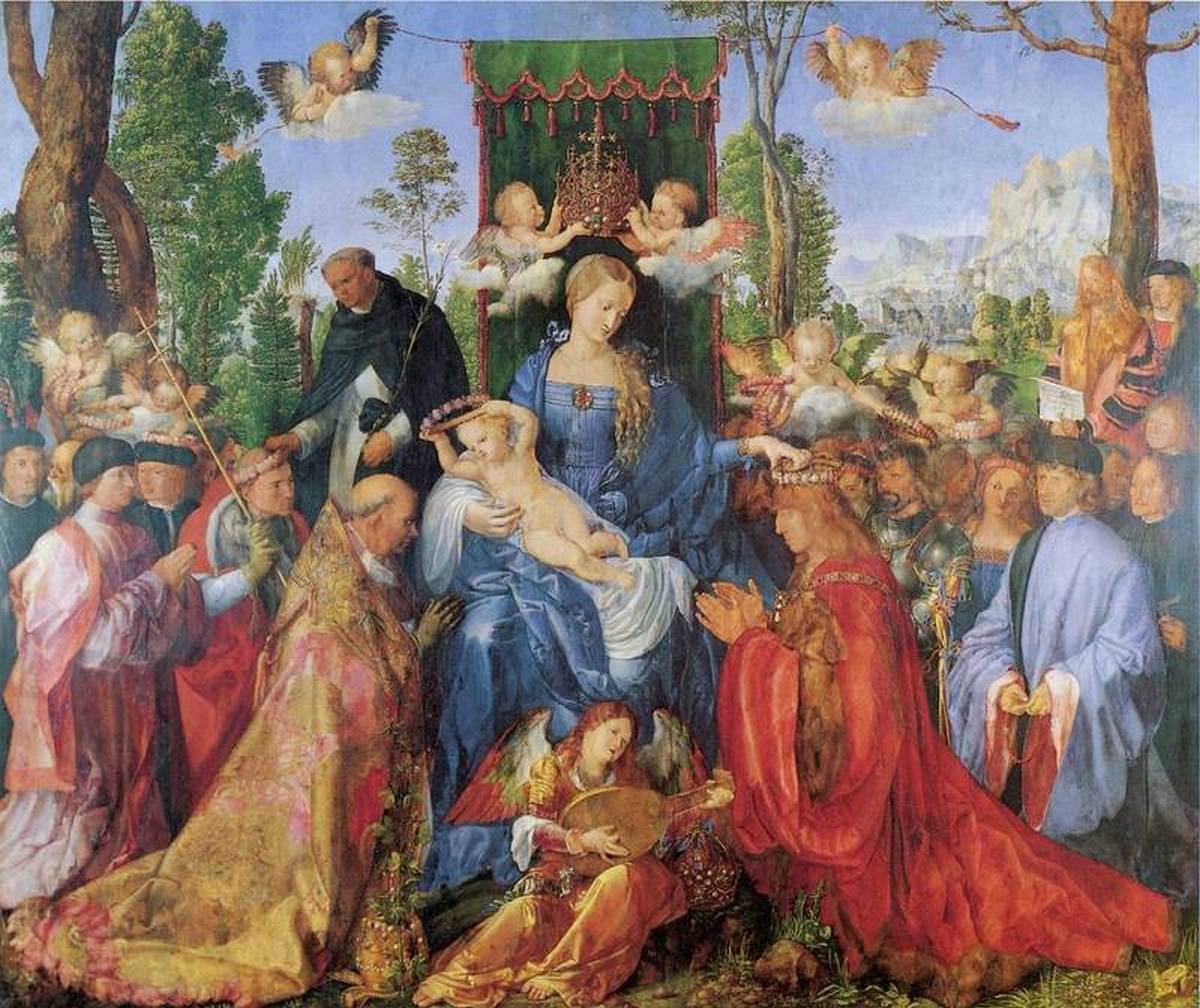

The author's signature is an integral part of the artist's brand. In a concise form, it carries information not only about the creator's name but also about his self-presentation skills, character traits, and attitude to his work. The modern viewer is accustomed to seeing the signature in the lower right corner of the canvas, considering it natural that the author wants to indicate the ownership of the work. Still, as it turns out for the history of art, the question of the authorship of the painting remains open. And the answer to it each era is looking independently.
Signature of the artist in history
In ancient times in Greece and Rome, masters, without remorse, put their signatures on the works. No paintings were familiar to us then, but amphorae and statues eloquently testify to this tradition in ancient times. These works were more related to craft than to art. Therefore, it is only partially appropriate to look for references to the aesthetic views of the era. In addition, Antiquity had a specific idea of the nature of creativity. It was believed that the master only imitates the perfect reality, and his talent was evaluated from this point of view.
A new stage in the history of fine art began after the collapse of the Roman Empire. The religious consciousness of medieval Europe placed God in the center of the world, leaving man the role of a corrupted creation. The main task of fallen humanity was salvation, which was achieved by the struggle against pride. The rejection of his ego in art led to an unspoken ban on the designation of authorship of works. To save their souls, the masters of the Middle Ages left their artworks unsigned or limited to an impersonal inscription consisting of one or more letters. It could be the word "Anon," "Master," or the letter "M." Sometimes, the works were decorated with long pseudonyms like "Master of St. Veronica" or "Master of St. Francis." Fear of gaining a reputation as vain and offending God forced artists to hide their real names. On the other hand, the religious orientation of the Middle Ages art made the signature inappropriate. Names and surnames looked ridiculous on icons and paintings dedicated to biblical subjects.

"Feast of the Rosary" Albrecht Dürer. Photos © renesans.ru
The situation began to change with the onset of the Renaissance. God-like man with all his weaknesses and imperfections appeared in the center of the universe. The paradigm shift removed the taboo of attribution. In addition, signed paintings helped to create a personal brand for the author and earn more money from their sale. Albrecht Dürer, Jan Van Eyck, Pietro Perugino, and Michelangelo were among the first to leave signatures. Giorgio Vasari tells an exciting story about the last of them in his "Biographies." After installing the "Vatican Pieta" sculptural composition, Michelangelo often came to admire his work in St. Peter's Basilica. Once, he heard from visitors from Lombardy that their little-known compatriot made the sculpture. Armed with chisels, the master created an inscription on the belt of Our Lady: "Michelangelo Buonarotti Florentine made." Some masters were looking for more exciting ways to indicate the artwork's authorship. On the canvases appeared objects associated with the artist's name or self-portraits integrated into the overall composition.
Unfortunately, the tradition of indicating authorship has yet to completely solve the problem of establishing the authenticity of paintings. For example, Rembrandt van Rijn was not only the creator of masterpieces of world art but also a talented teacher of painting. Under his guidance, dozens of students learned the mysteries of fine art. Studying with the famous master often ended with borrowing Rembrandt's unique style and reproduction of scenes using authentic techniques. The result was the emergence of a massive number of works that practically did not differ from the original paintings of the great Dutchman. The situation was further aggravated by the habit of the master putting his signature on the works of his imitators. The influence of the artist on the manner of painting students and the choice of subjects is undeniable, but for collectors, this tradition has become a real problem. Disputes about the authorship of paintings signed by Rembrandt do not subside to this day. New examinations deprive the canvas of the status of the original work, after which they noticeably lose in price and disappear of collectors. For example, in the XVIII-XIX centuries, the canvas depicting a woman in front of a mirror was considered paired with the word "Woman Trying on Earrings." After some time, it was found that the real author of the painting was Rembrandt's pupil Fernando Bola.
The signature, familiar to us, was given in the XVII century (initials, pseudonym, or name). Sometimes contemporary artists deliberately do not indicate authorship for various reasons. In this context, we can recall a funny story that happened to Pablo Picasso. Once in a restaurant during dinner, he decided to pay with a drawing on the check but did not sign it. In response to a request to indicate the authorship, he said: "My dear, I paid only for dinner, not the whole restaurant."
Hidden signatures and self-portraits of artists
Regarding some works of old masters, there is still no consensus among art critics. The tradition became widespread in the Renaissance. Sometimes hidden signatures became part of an exciting puzzle of particular interest to collectors and admirers.
Sparrow by Passarotti
Bartolomeo Passarotti is considered the founder of the genre of still life in Italian art. There are no traditional signatures with dates and initials on his canvases, but the artist himself took the opportunity to indicate his authorship. However, he did it by depicting sparrows in different canvas parts. Images of birds can be seen on icons and landscapes in the most unexpected places (on books, near the crucified Christ). The "creative totem" choice was not made by chance: "Passarotti" in Italian means sparrow.
Felix Bozell
Italian master of painting Felice Bozelli painted mainly domestic scenes and still lifes. On many of them, you can see Felix, the cat. He spies on people, plays, or lies peacefully at the feet of the owners. The cat was chosen as a constant companion of Bozelli's paintings for a reason. The fact is that his name Felix is consonant with the name of the author Felice. Thus, the master indicated his presence in the works.
Self-portrait of Botticelli
Sandro Botticelli is considered one of the most important masters of the Italian Renaissance. His brush belongs to many works on religious themes, which the Papal See commissioned. The canons of the genre did not allow him to show his individuality as an author, so Botticelli often painted hidden self-portraits. They were always located in the background, without exposing the master to the risk of causing anger from clients. One of the most famous works of this plan is the painting "Adoration of the Magi." Botticelli looks from the right corner of the canvas directly into the eyes of the viewer.
Self-portrait of Dürer
Albrecht Dürer also did not miss the opportunity to immortalize himself on canvas. His hidden self-portraits are often found on canvases dedicated to religious subjects. In the painting "Feast of the Rosary," you can see Dürer in a crowd of people standing at the foot of the throne of the Virgin Mary with a baby.
Authorship of paintings and modern art market
In the era of a new aesthetic paradigm, when art becomes more and more conceptual, the author's personality is the most crucial factor in determining its value. Therefore, artists are forced to pay special attention to everything related to their brand. In exceptional cases, collectors can hunt for the artist's works, solving the mystery of their true origin. But most often, the signature becomes the only marker of the value of the painting, which can significantly reduce the cost or raise it to heaven. An illustration of this can be the story that happened in Caravaggio's painting "The Cardsharps". In 2006, it was sold as a copy of the original work for £ 42 thousand. After the purchase, the new owner said the painting was the original and estimated its value at £ 50 million. The case went to court, but the canvas was still recognized as a copy due to the ambiguity of expert assessments. The previous owner spent about £ 6 million on trial, but he did not manage to return the former property.

"Adoration of the Magi" Sandro Botticelli. Photos © gallerix.ru
The refined nature of the artist sometimes needs to indicate the authorship of his work based on worldview reasons. For a master in love with art, the very manner of his painting, the system of color ratio, and compositional harmony is a true expression of a personal view of creativity. If the authorship of the picture is embodied in minor details and strokes with oil paint, then why spoil the canvas with obsessive letters and words? Modesty, in this case, becomes a tool for accurate confirmation of the authorship of the canvas.
Another reason is intuitively understandable to representatives of all kinds of art. The heritage of culture is often those works that managed to transcend the narrow framework of the individuality of their authors. Masters, in this case, feel like conductors of higher meanings born in metaphysical reality and not tied to their destiny. Touching upon universal themes, art becomes a carrier of truths beyond time, embodied with the help of brushes and palette knives. Looking at such work, the viewer learns the secret.
KyivGallery art critic
